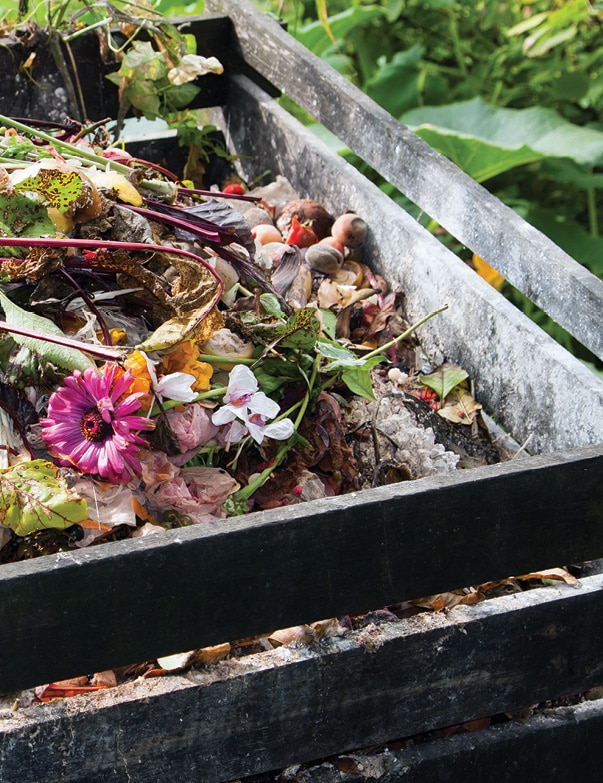By Thomas Press
Volume 5 Issue 3
Nitrogen is the most abundant element in the air we breathe, and essential for growth in the plants we enjoy. However, most plant life that we know of cannot draw nitrogen from the air, and must use nitrogen ‘fixed’ into the soil, or ‘solution medium’ for hydroponics. Garden plants use nitrogen in the soil to make proteins they need to be their best. Once having harvested and consumed from garden, some of that nitrogen is removed from the soil and needs to be replaced. There are a number of ways to increase and maintain nutrient levels in garden soil, and this article addresses a few of those, specifically in respect to nitrogen.
Nitrogen management of your garden soil is important for healthy plants, and can help avoid creating a toxically salty ground. Proper nitrogen management will also prevent your usable Nitrates from washing out and inflicting ’Eutrophication’ on a pond or lake just downstream.
Mulch Tea:
One way of maintaining good Nitrogen levels in you garden is to water with “Mulch Tea”. This mulch tea can come from any mulch pile placed at the head of your garden. By watering the mulch pile and letting the water that runs out feed into your plants the organics and nutrients that are breaking down in the mulch pile will be carried to the soil by the water, in the form of mulch tea. Moving the mulch pile every year and watering your garden through it is a great method for insuring that you have abundant fixed nitrogen in your garden’s soil throughout the growing season, and year after year. Additionally, as long as the mulch pile is placed on the highest point inside the garden, it may be located anywhere in garden on a given year.
Green Manure/Cover crops:
Turning Green manure or ‘Cover’ crops back into the soil before planting your new and desired crops is another great way to maintain good levels of fixed nitrogen in your soil. Cover crops and many green manure crops are legumes, as well as other plants that possess symbiotic bacterium which fix nitrogen inside the soil. If you have enough garden area to rotate your crops, even growing cover crops in ground you wish to garden next year or the year after will maintain a better soil. There are so many green manure and leguminous cover crops to choose from, and so many specific and unique garden constructs that if you need help, your local Garden Center or Landscaper will be best equipped to help you find the designs and plants that suit your situation best.
Manual Fertilizing:
There are a multitude of nutrient ‘mixes’ and concentrates with guaranteed analyses, ranging from organic solutions to highly-engineered chemical compounds as well to suit the needs of your plants. Many of the organic solutions available focus on symbiotic and otherwise beneficial microbes that help in building and maintaining a productive and arable soil. The manual application of fertilizers can produce great results, though can easily be overused and overly applied, and can severely limit the ability of the affected ground to yield crops in subsequent seasons and years. Though the easiest method to employ, manually applying chemical compounds to the soil is the most also the most technical method and one that requires the most mindful consideration. Great care should be taken in the application of anything where over doing it could harm the ability of the soil to produce.
Try these techniques out and you may find that a combination of mulching/composting, planting green manure and cover crops, and the “as needed,” “if any,” and “careful use” of concentrated fertilizers with trace minerals or other nutrients, will make for a comprehensive approach that yields the best fruits and vegetables from the best soil. If you have other practices we can share with the community, send them to us at KurpleMagazine.com!


















